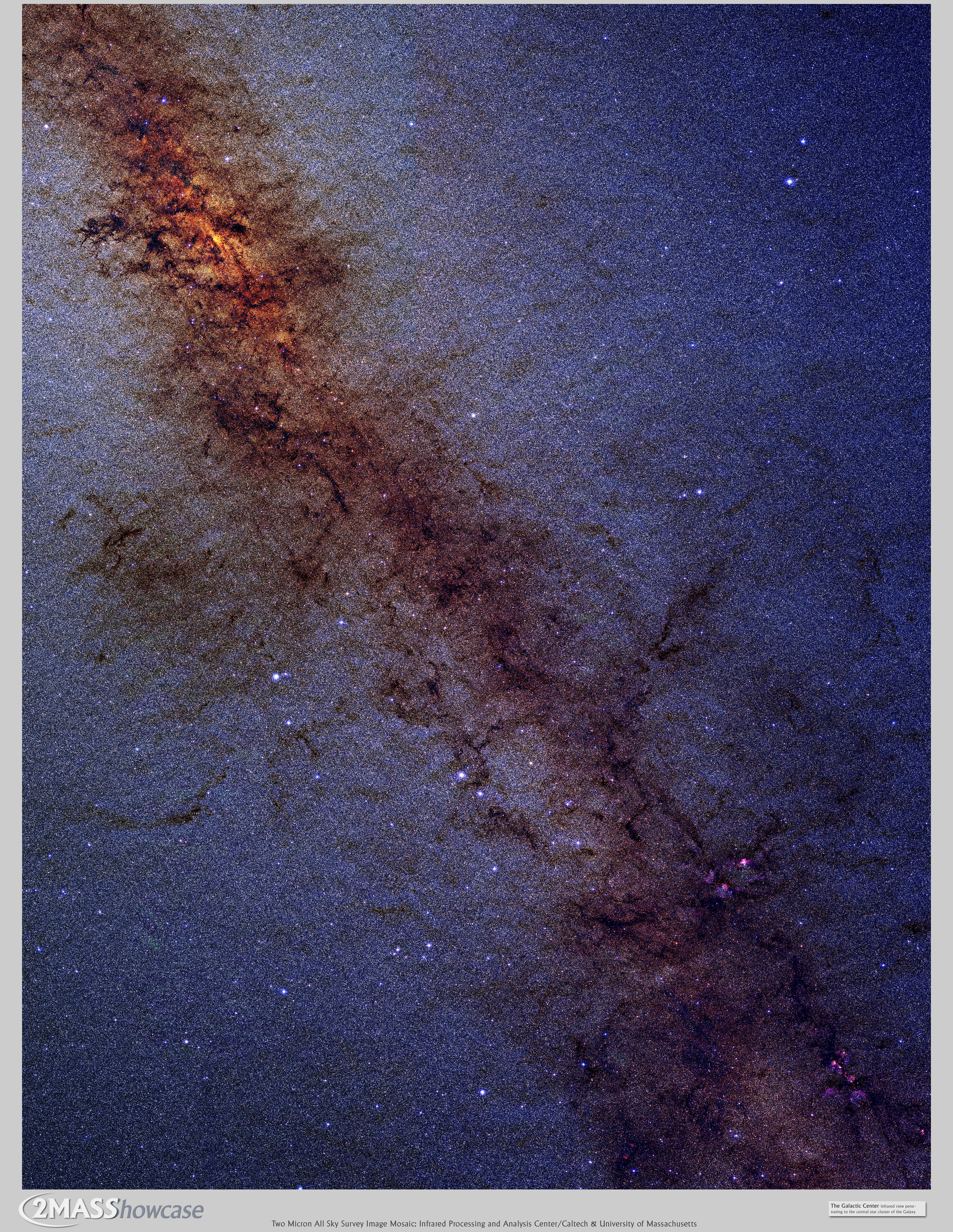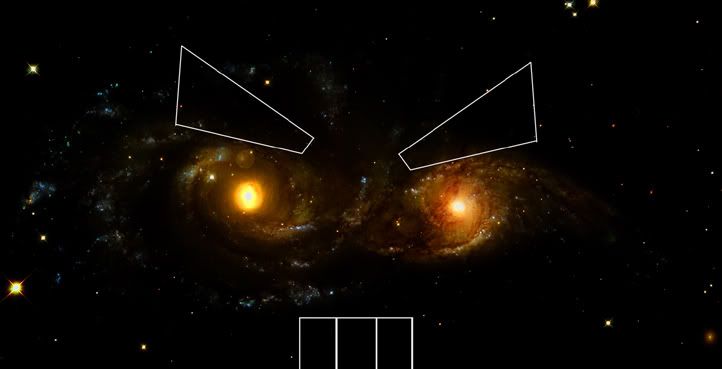In Texas its Venus, Jupiter, and the Moon. It just feels strange for some reason to look up and see that arrangement.

Best I could do with a normal digital camera. If I could get to a better spot, I could zoom in with my camcorder, but not sure how much better a still from that would be.
Also how would a satellite look passing over you? A red blinking beacon with no other lights?
Yeah its kinda like a hidden topic (not really but people usually dont find it unless they search or catch it on the first page for a split second) and it might be better that way since that lessens the chance that it'll be overrun with crap.
EDIT: Canis Majoris is insane.

Best I could do with a normal digital camera. If I could get to a better spot, I could zoom in with my camcorder, but not sure how much better a still from that would be.
Also how would a satellite look passing over you? A red blinking beacon with no other lights?
abstract alien said:No idea this thread existed, but damn, its certainly beautiful. I love this stuff, it gets me going.
Yeah its kinda like a hidden topic (not really but people usually dont find it unless they search or catch it on the first page for a split second) and it might be better that way since that lessens the chance that it'll be overrun with crap.
EDIT: Canis Majoris is insane.









